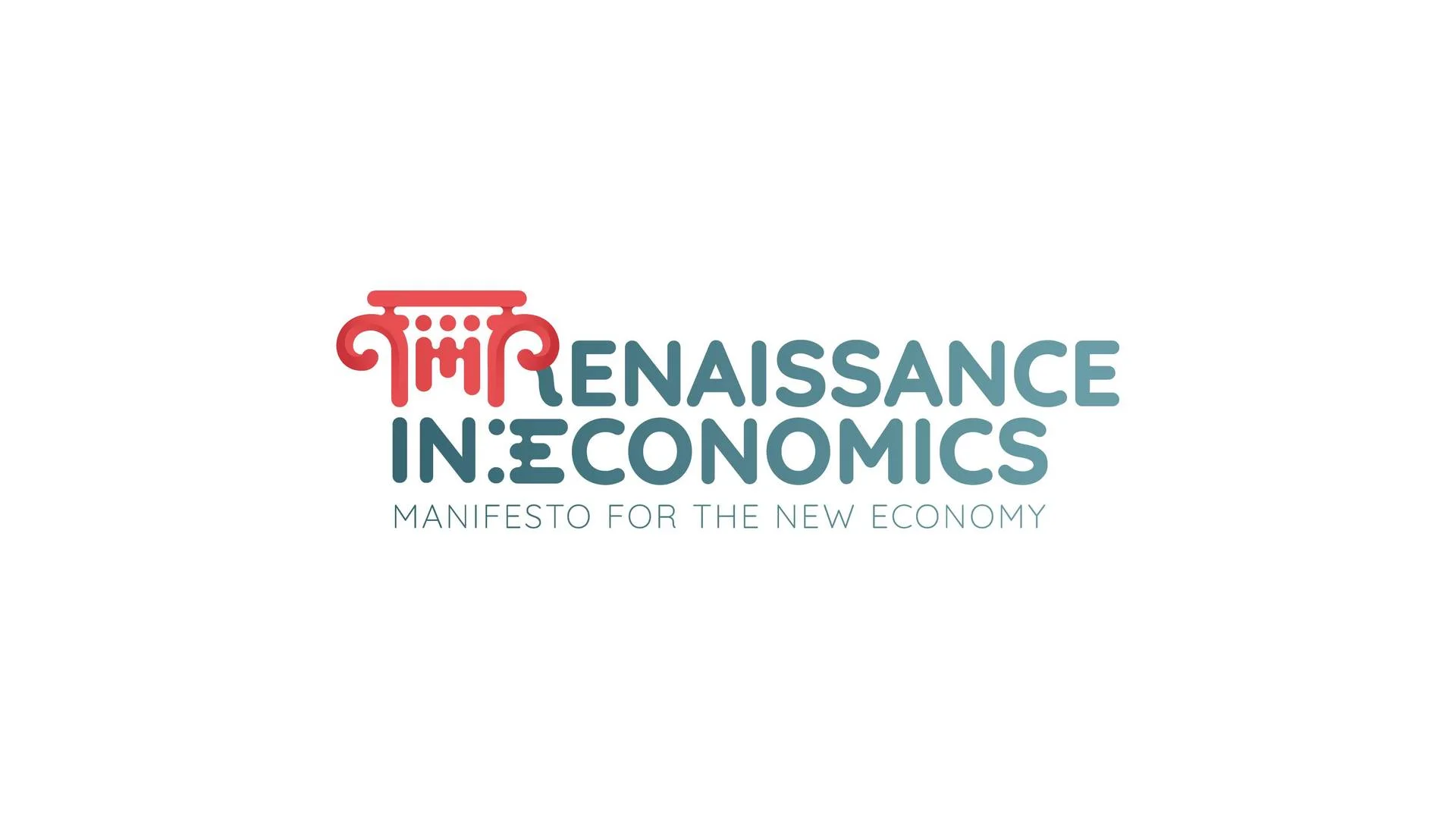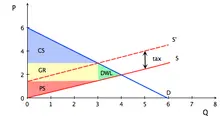Economics Terms A-Z
Normal Goods & Luxury Goods
Read a summary or generate practice questions using the INOMICS AI tool
The laws of supply and demand are basic economic theories that are often among the first things new students of economics learn. The law of demand states that, ceteris paribus, consumers choose to buy less of a good when its price rises (possibly by buying available substitutes), and more of the good when its price falls (price elasticity). Alternatively, consumers will usually buy more of a good when their income increases and, by extension, less of a good when their income decreases (income elasticity).
When consumer demand for a good follows the expected price behavior, we call it a normal good. Normal goods include most items and services that are sold. They have an income elasticity of demand greater than zero. We further subdivide normal goods into two categories; normal necessity goods that have an income elasticity between 0 and 1, and luxury goods, which have an income elasticity greater than 1. Most types of normal goods have a price elasticity of demand that is negative, because people usually demand less of a normal good as its price rises.
Examples of normal necessity goods include commonly purchased items like food, everyday clothing, etc., as well as many entertainment and leisure items like concert tickets. If people’s income falls, then they will buy less of these goods. And, if the prices of these goods rise, people will buy less of them.
Luxury goods are slightly different. Like a normal necessity good, when a consumer’s income rises, they will typically purchase more of a given luxury item (income elasticity is positive). But when income rises, the proportion of income consumers spend on luxury goods increases more rapidly than for necessity goods. Likewise, when consumer’s income falls, luxury goods are often the first items to be cut out of the budget. Thus, luxury goods are more sensitive to changes in income than necessity goods. Reflecting this, the income elasticity of luxury goods is greater than 1 – they are highly elastic.
Luxury goods are typically very expensive, high-end items that may signal a certain social status to others, or give pride to the owner. Rolex watches, high-end sports cars, and Louis Vuitton handbags are all examples of luxury goods. They are not necessary to have, but are highly desirable, which leads to their very elastic demand.
Further reading
For more on normal, normal necessity, and luxury goods as they relate to the income elasticity of demand, see the article on that topic.
As opposed to normal necessity and luxury goods, inferior and Giffen goods exhibit decreasing consumer demand as consumers’ incomes rise. However, Giffen goods, similar to luxury goods, experience increasing relative consumer demand as prices rise. For more on inferior and Giffen goods, see the linked article.
Good to Know
Another potential difference between luxury and necessity goods is that demand for some luxury goods respond uniquely to price changes. This subtype of luxury good is known as a Veblen good. When the price of a Veblen good falls, consumers may actually buy less of it. When the price rises, consumers may buy more of the Veblen good, ceteris paribus.
This is because the high price of these items is a signal of high quality and exclusiveness that is important to consumers. Thus, lowering the price can make the item feel less appealing, even if the product hasn’t changed. Conversely, raising the price can make the item feel more exclusive and special for consumers who can afford it. The high price also serves to prevent many average consumers from affording the item, which lends to Veblen goods’ exclusive appeal.
-
- Workshop, Conference
- Posted 1 week ago
Call for Papers: 3° International Conference Renaissance in Economics 2026
Between 14 May and 15 May in Rome, Italia
-
- Scuole Estive
- Posted 4 days ago
BSE Summer School 2026: Economics, Finance, Data Science, and related fields
Starts 22 Jun at Barcelona School of Economics in Barcelona, Spagna
-
- Postdoc Job
- Posted 1 week ago
2 Post-Doctoral Positions in Monetary Economics 100%
At University of Bern in Bern, Svizzera















